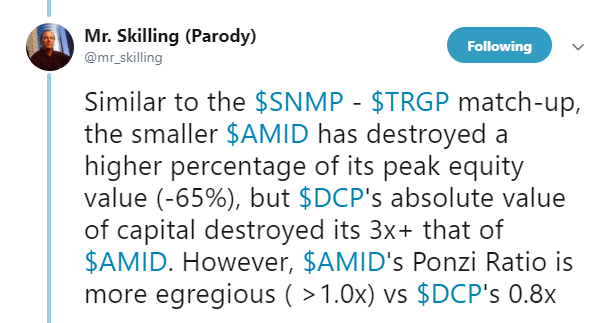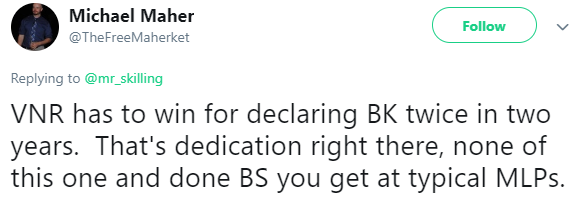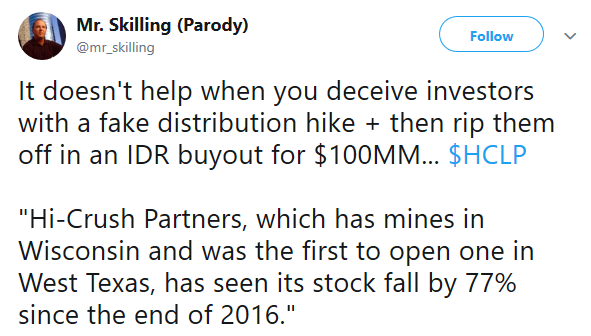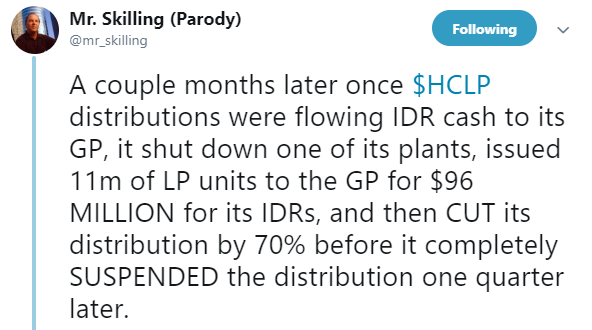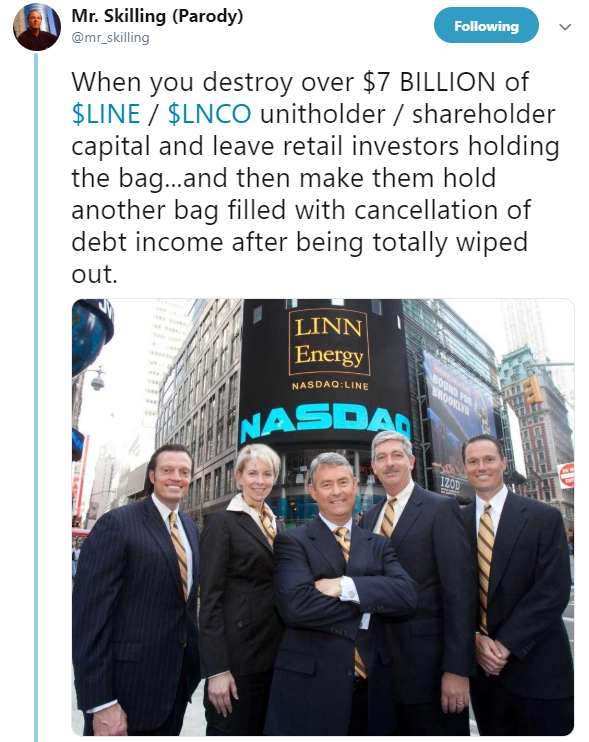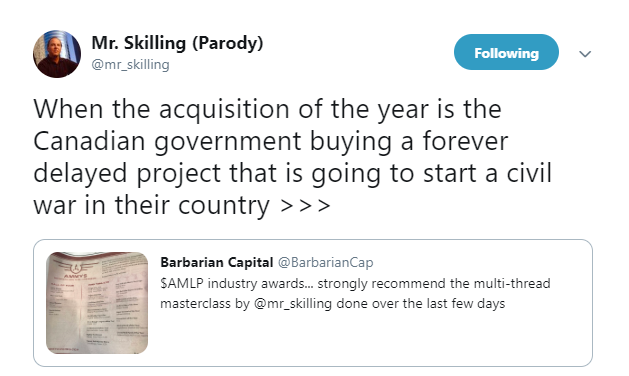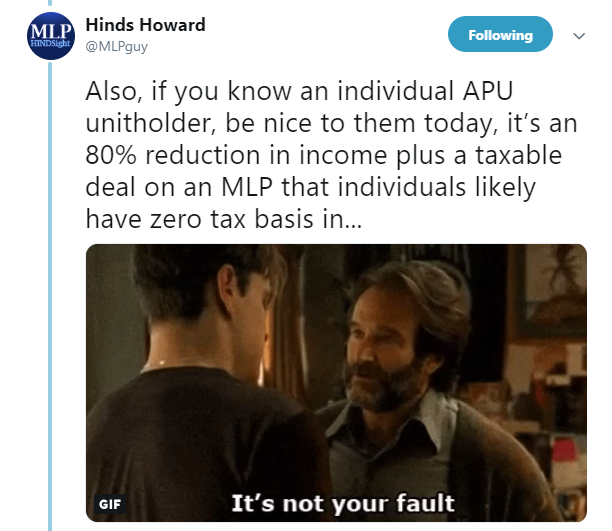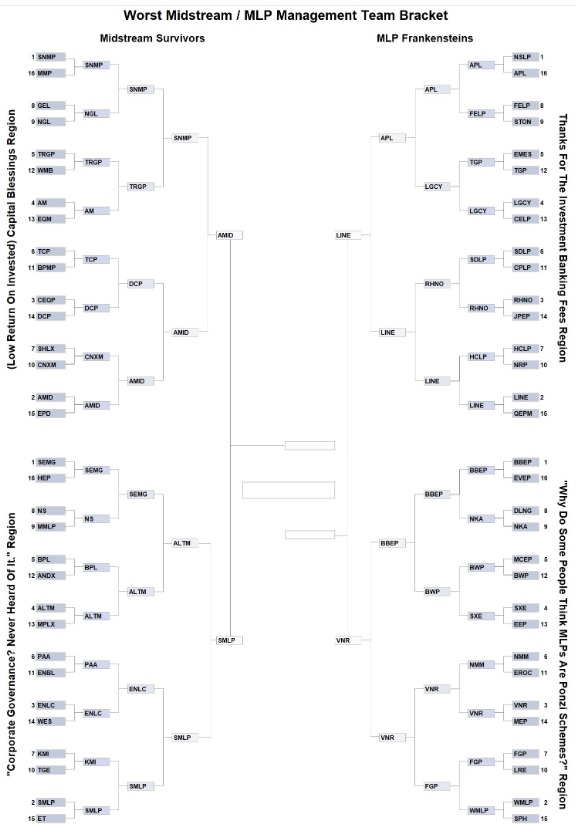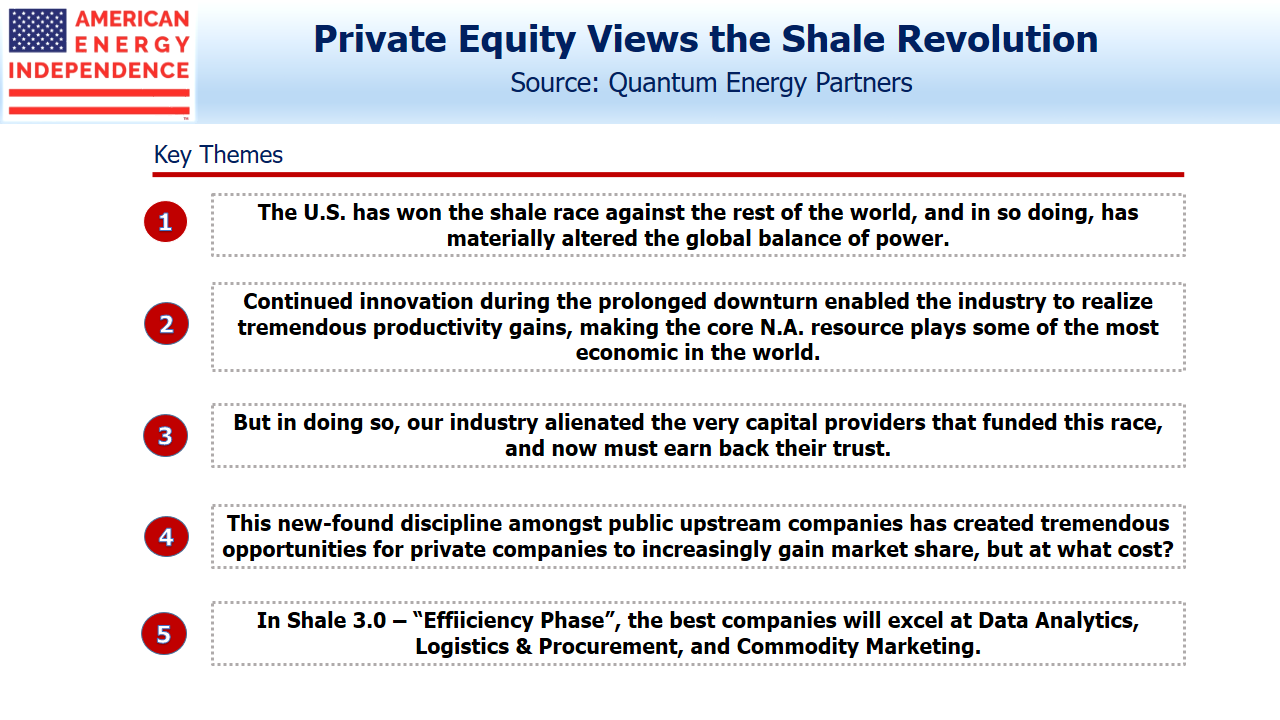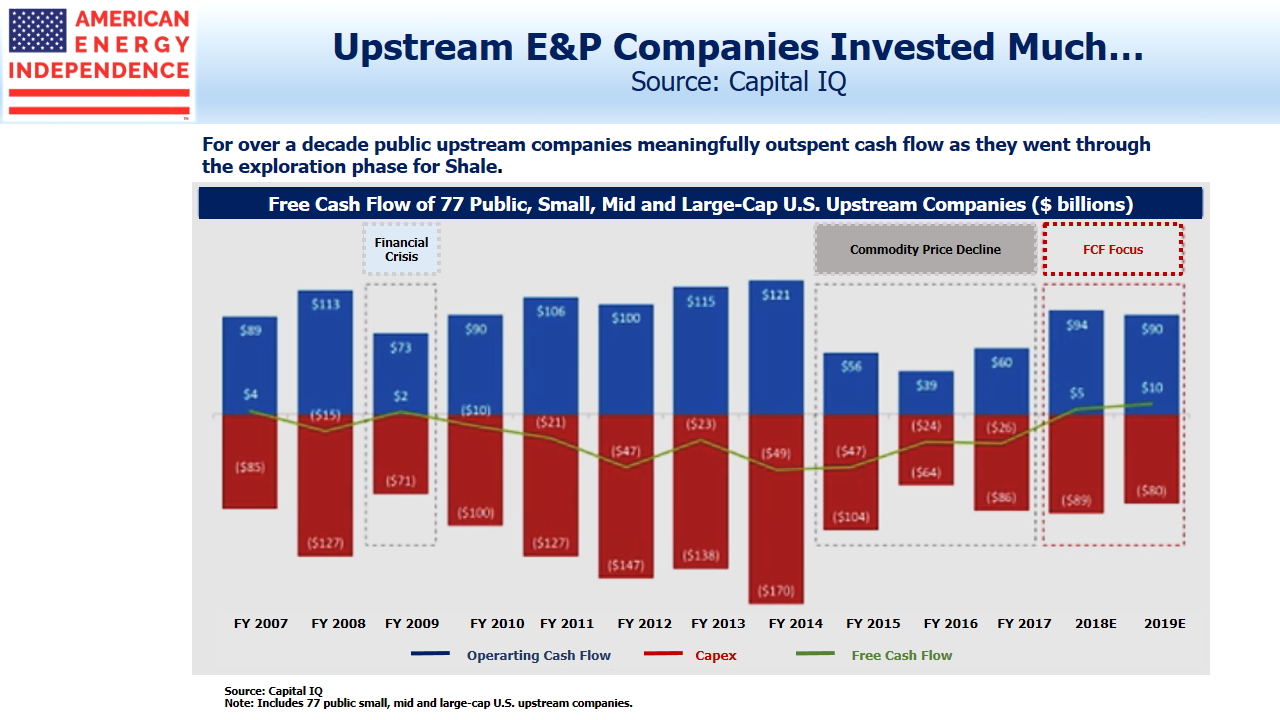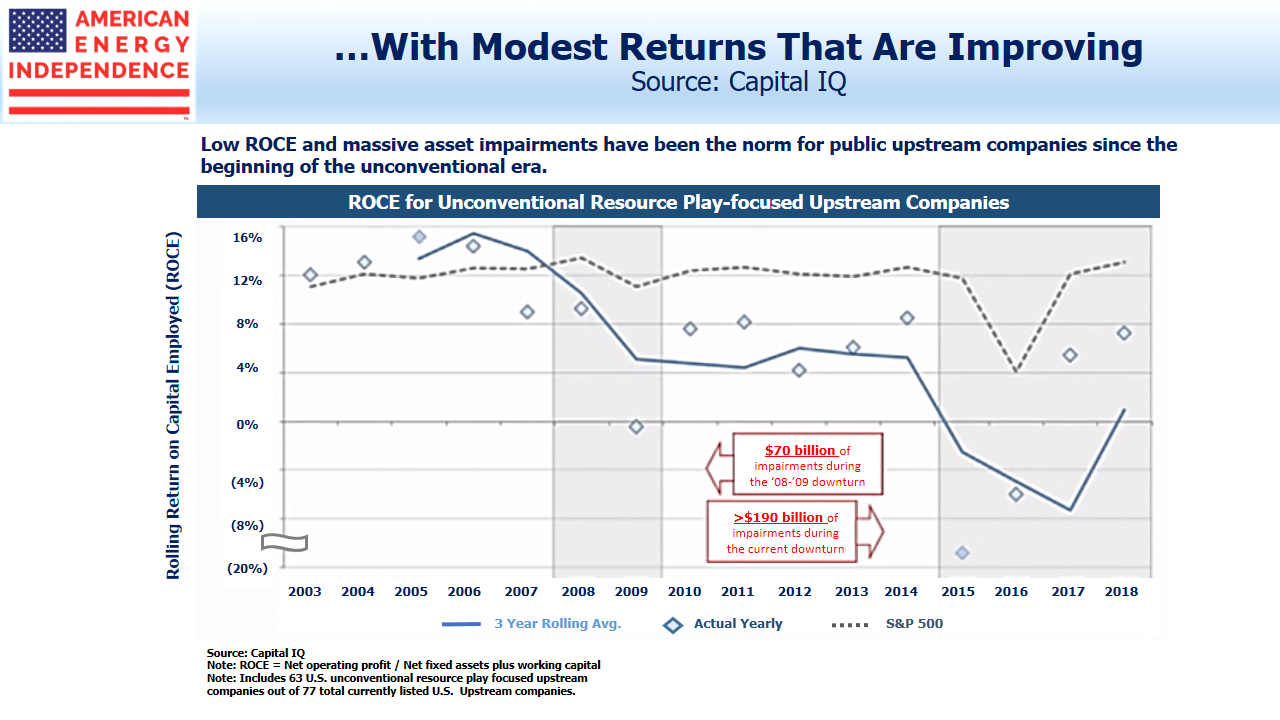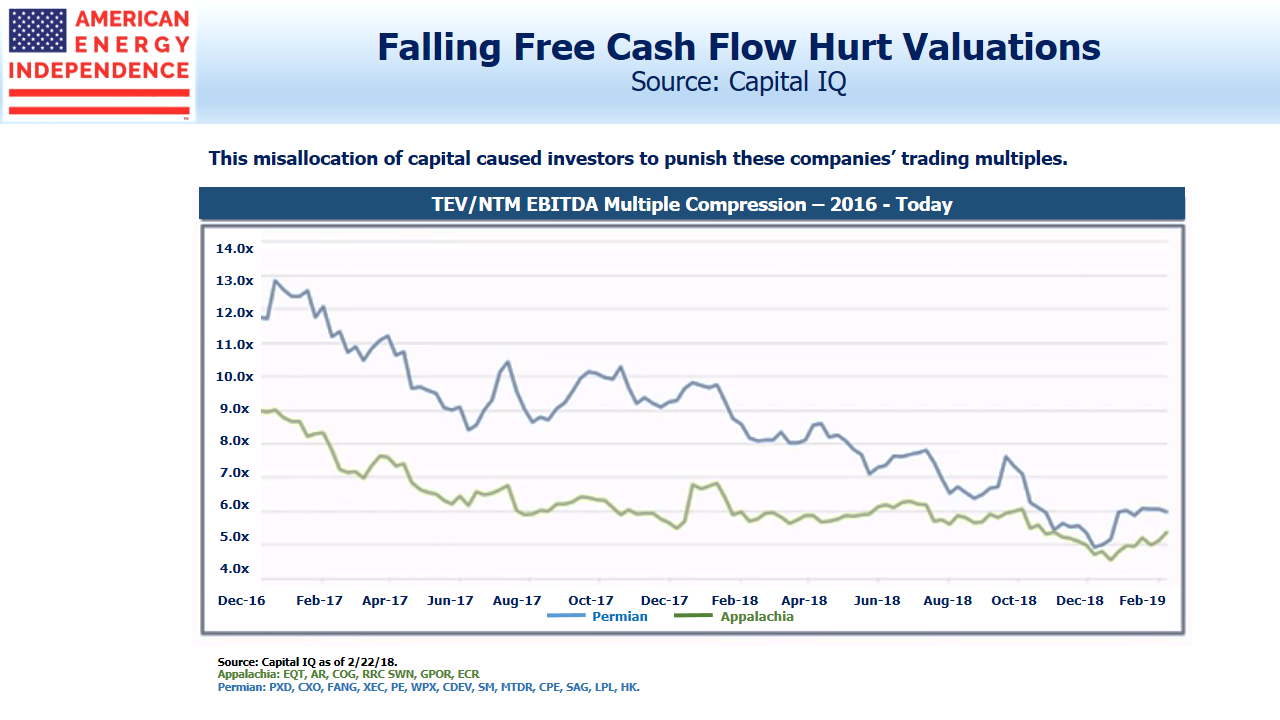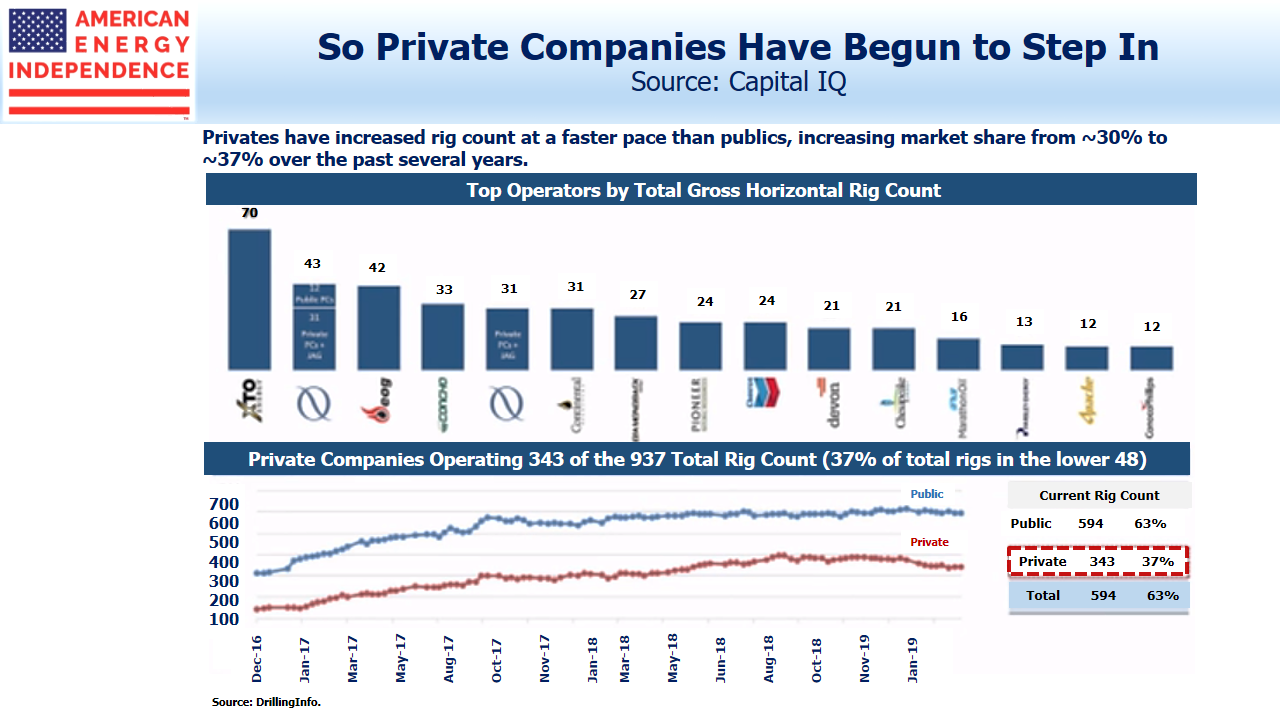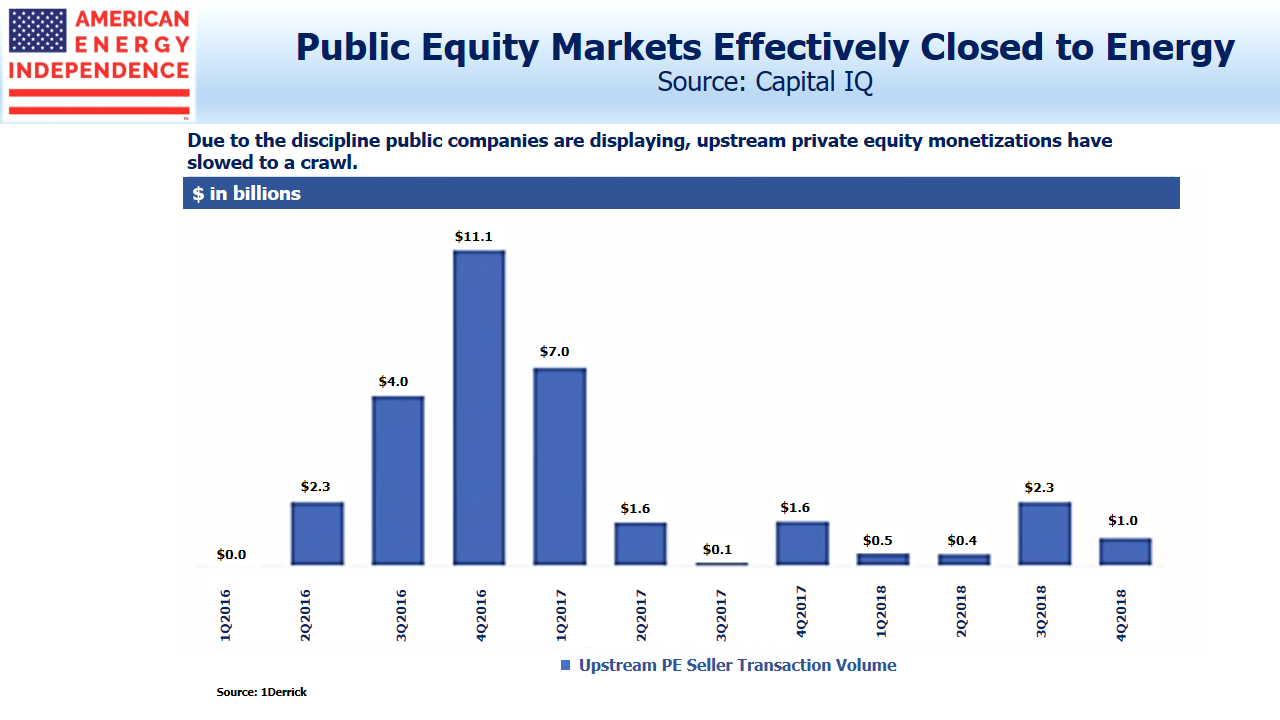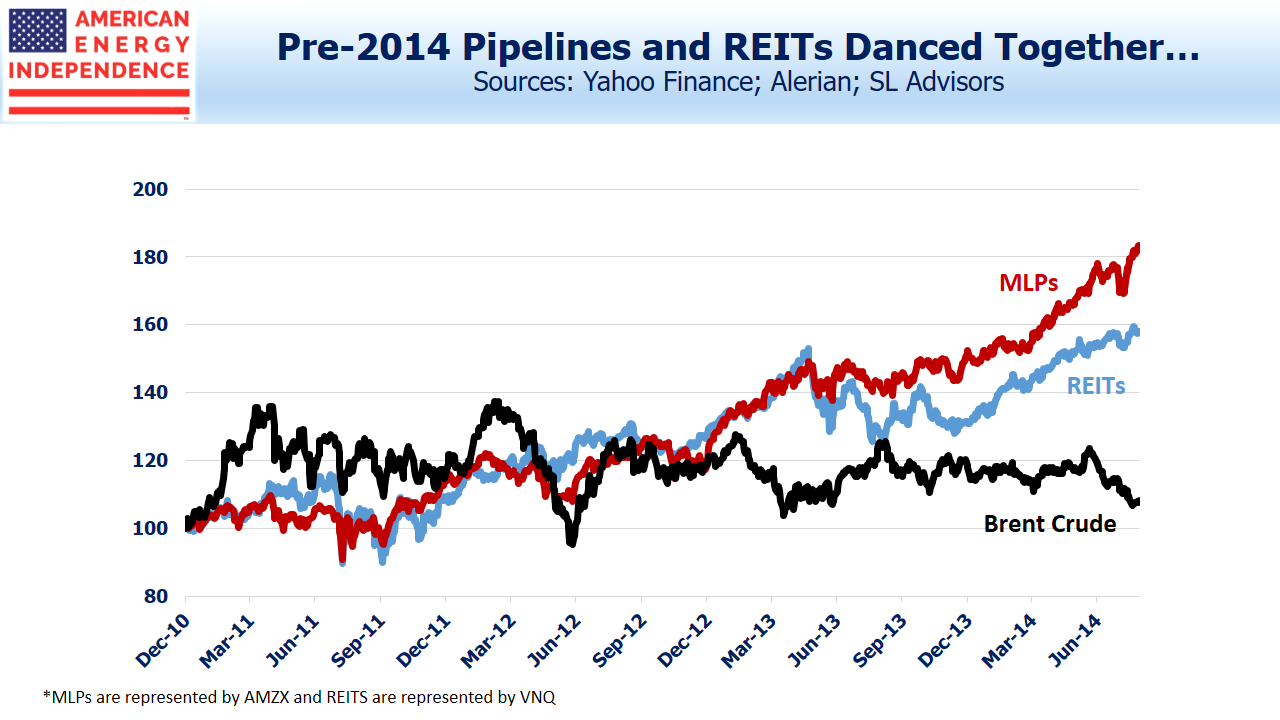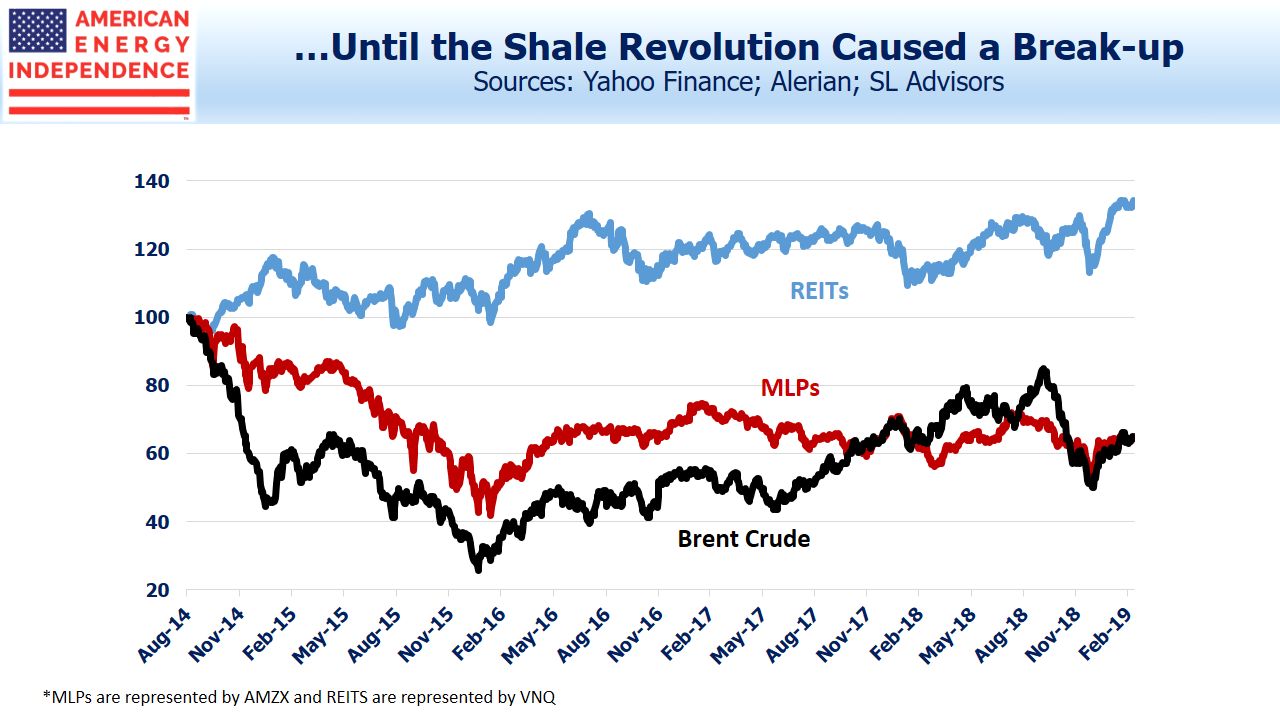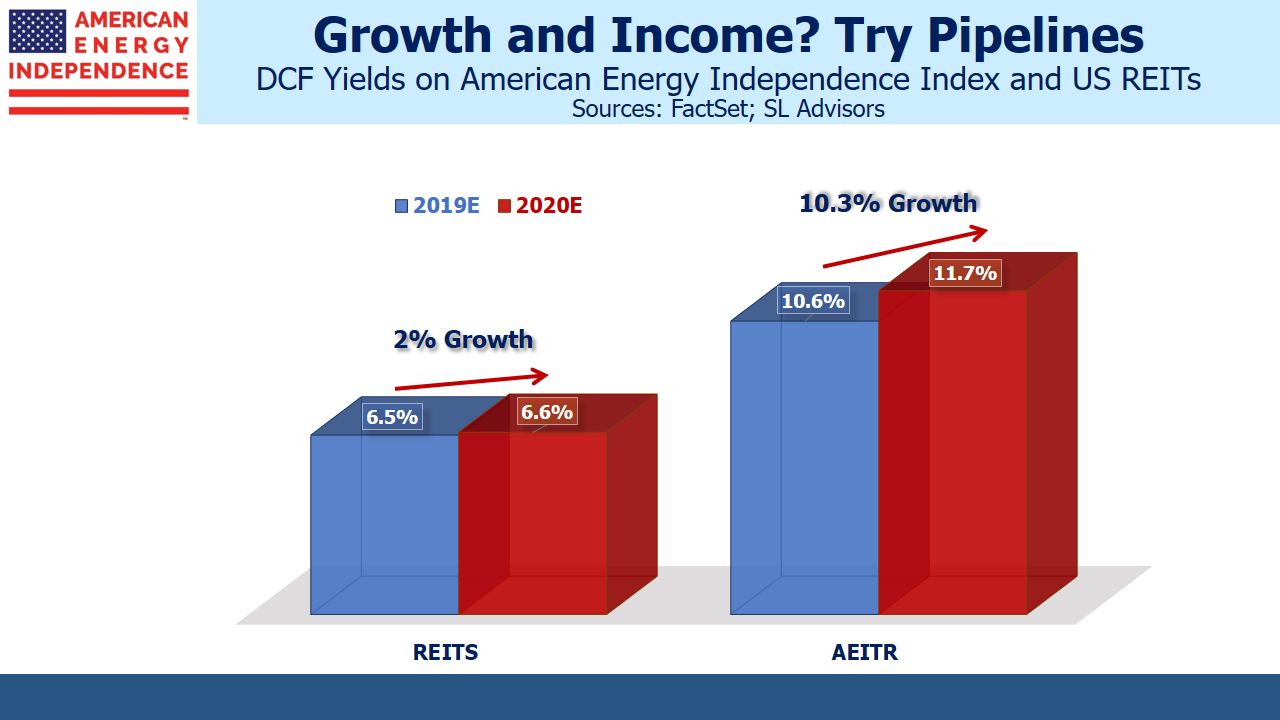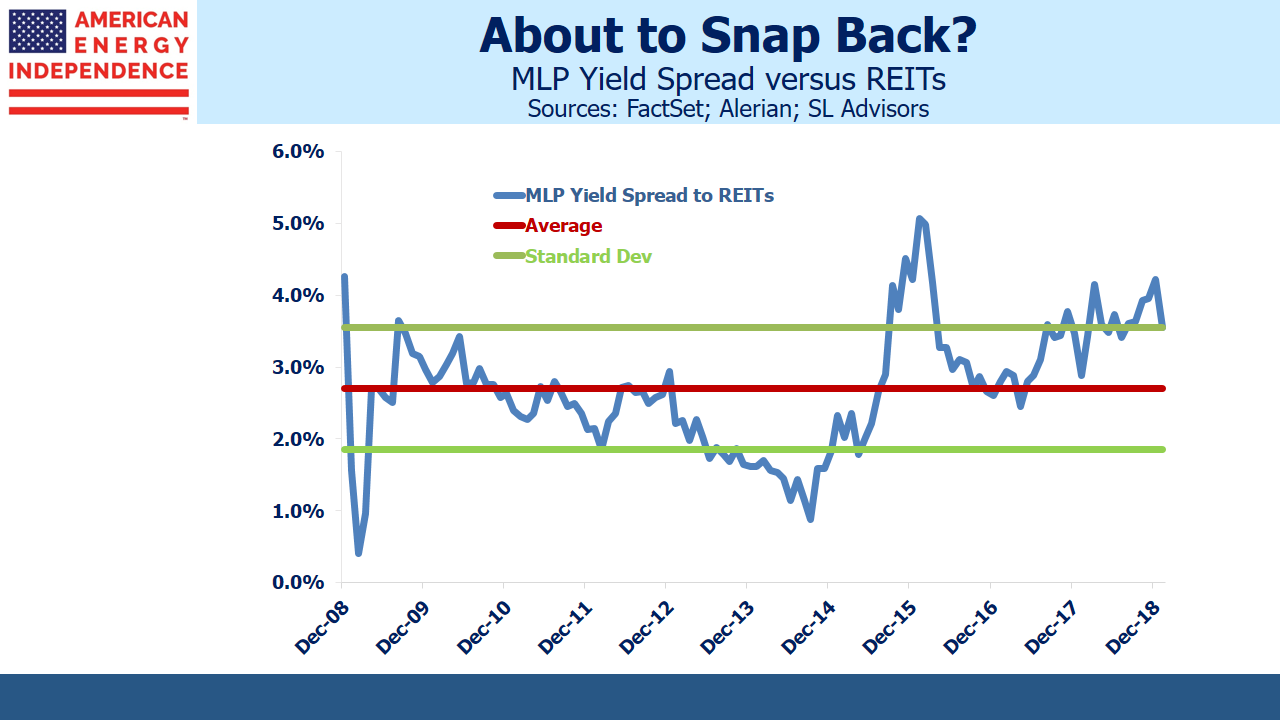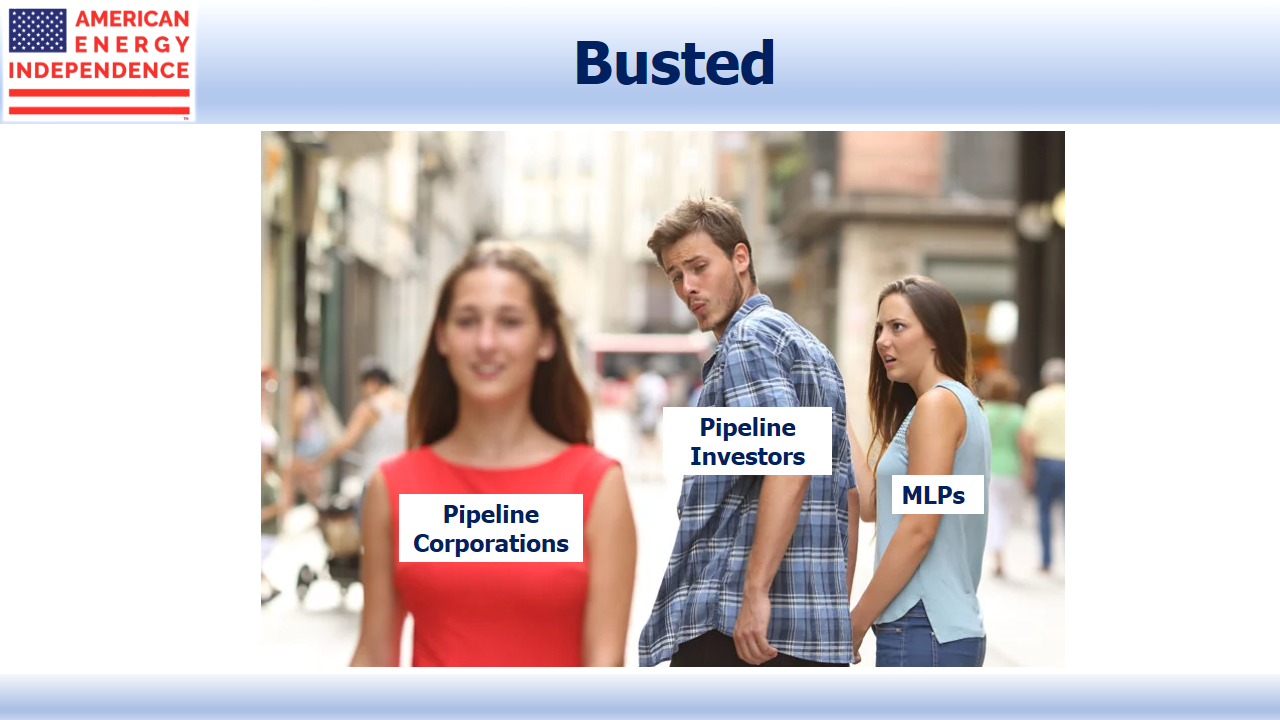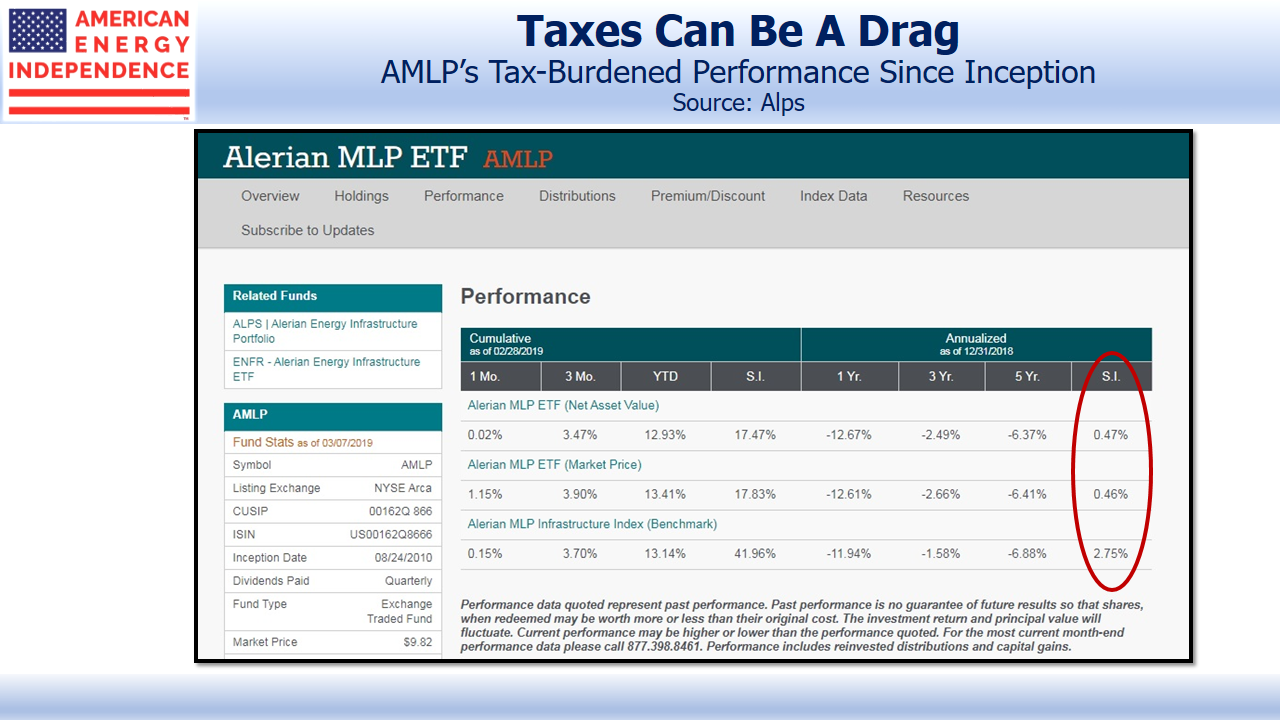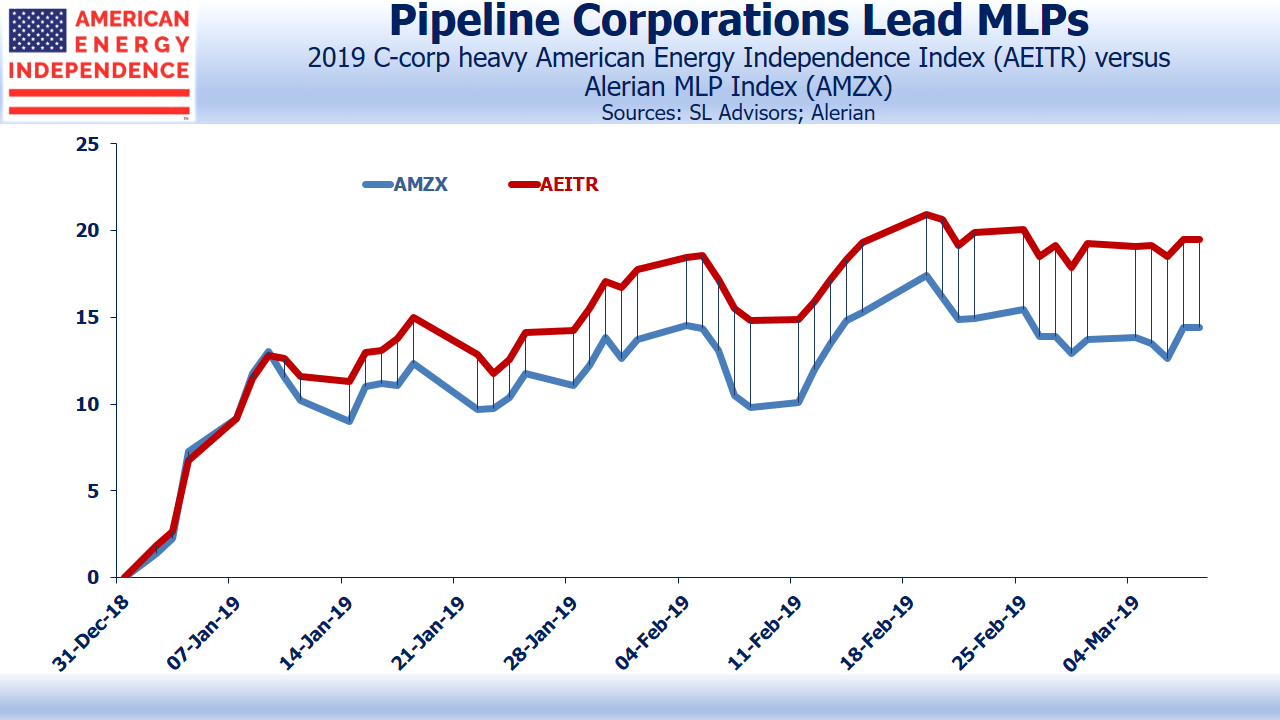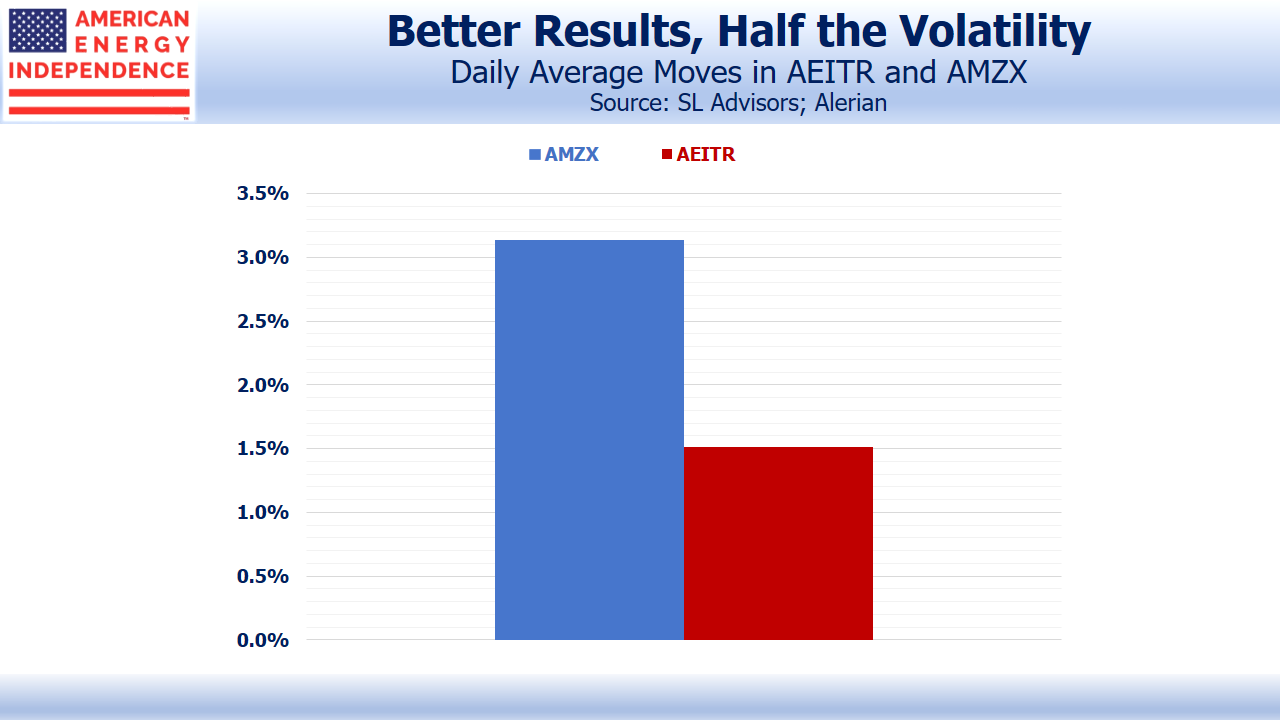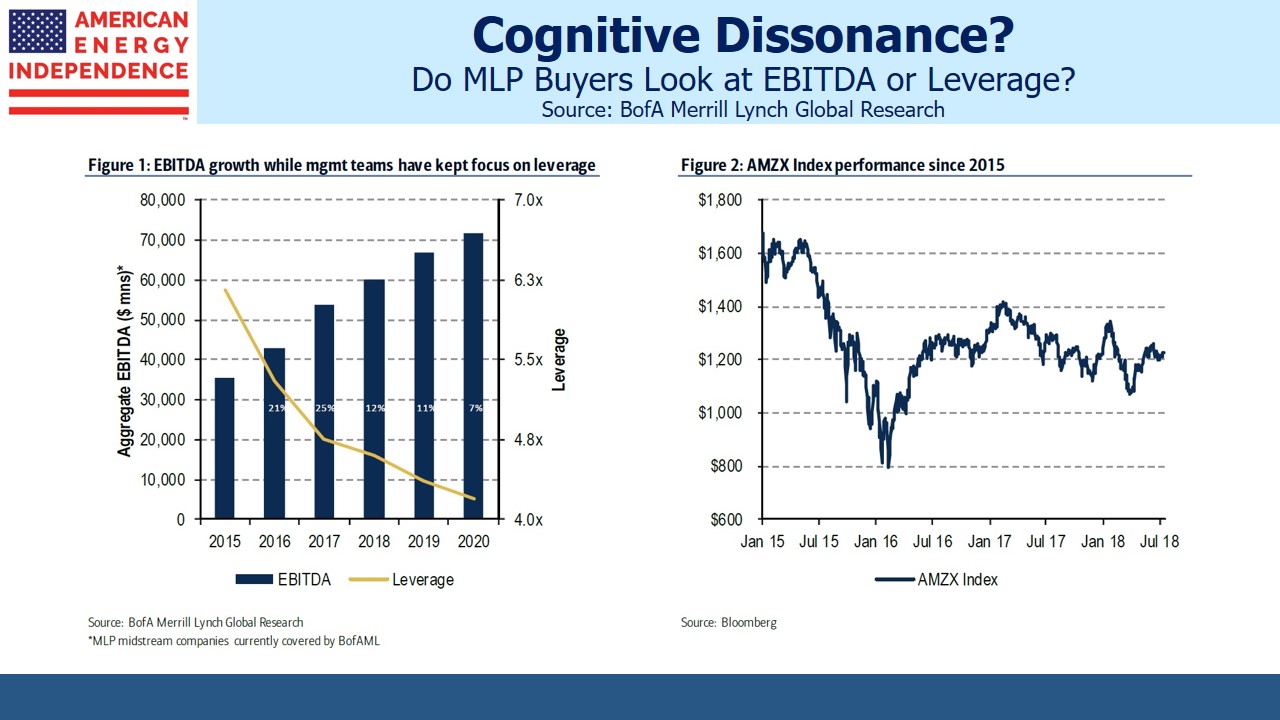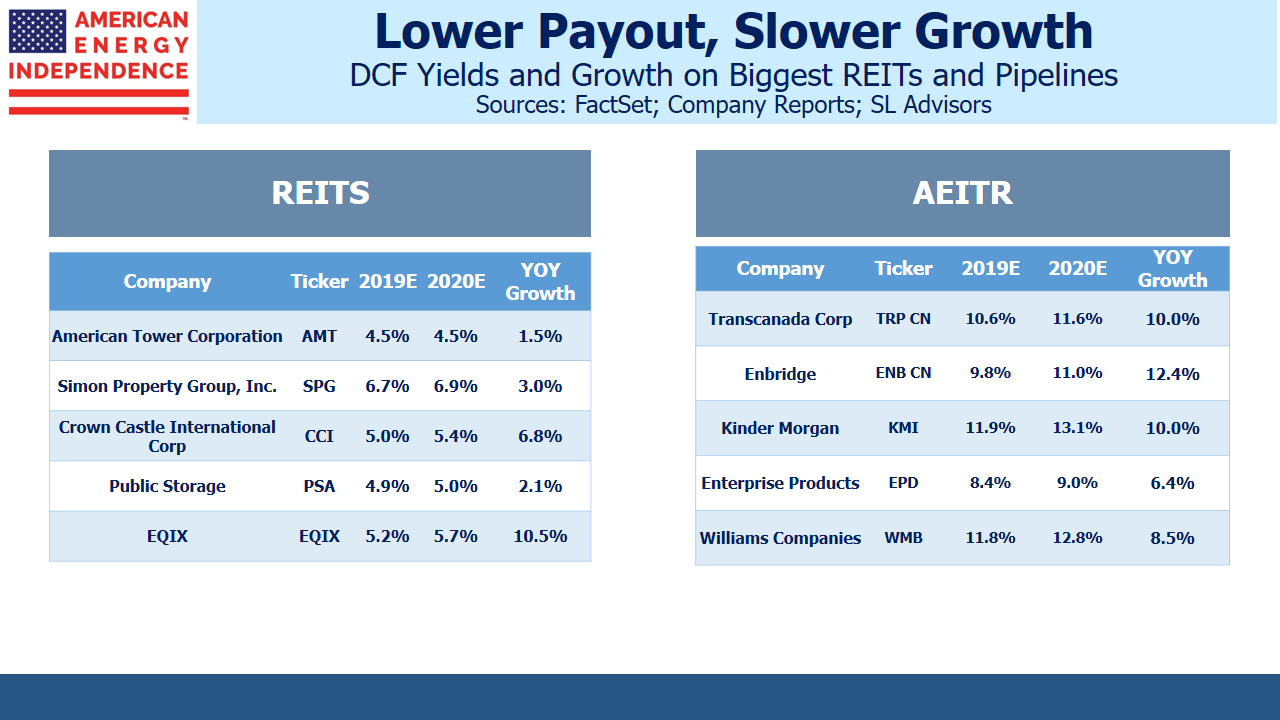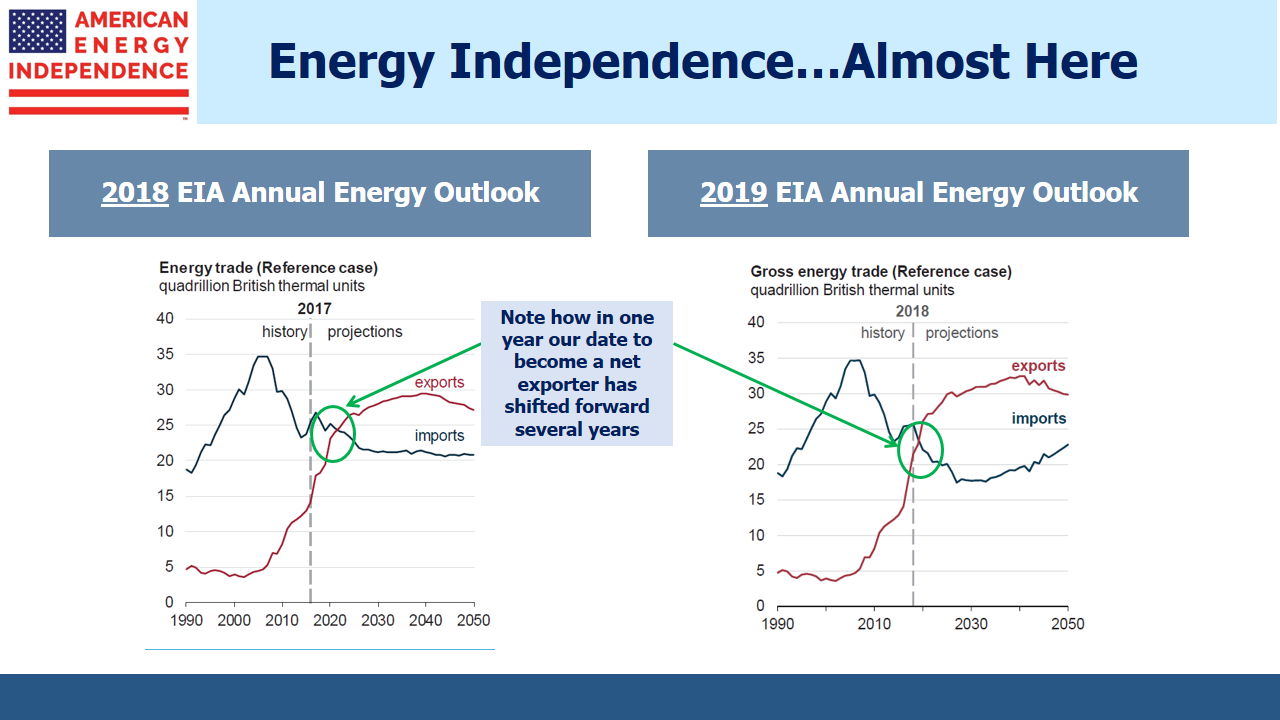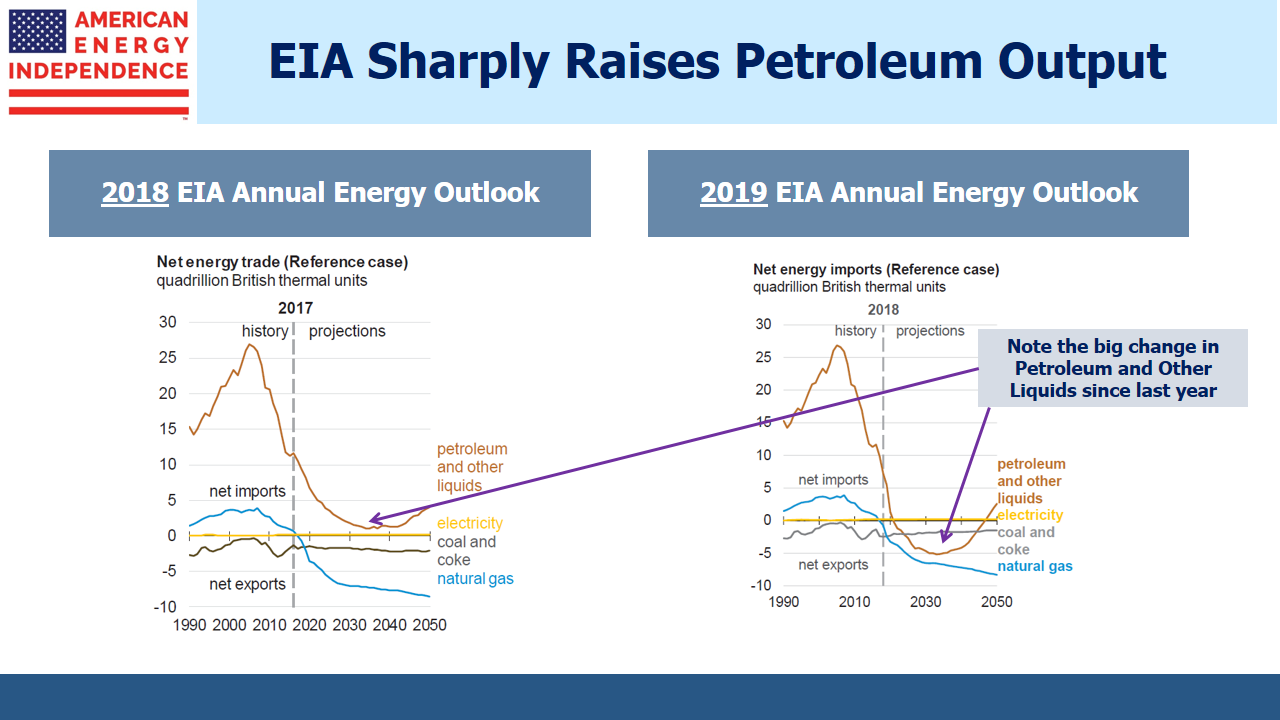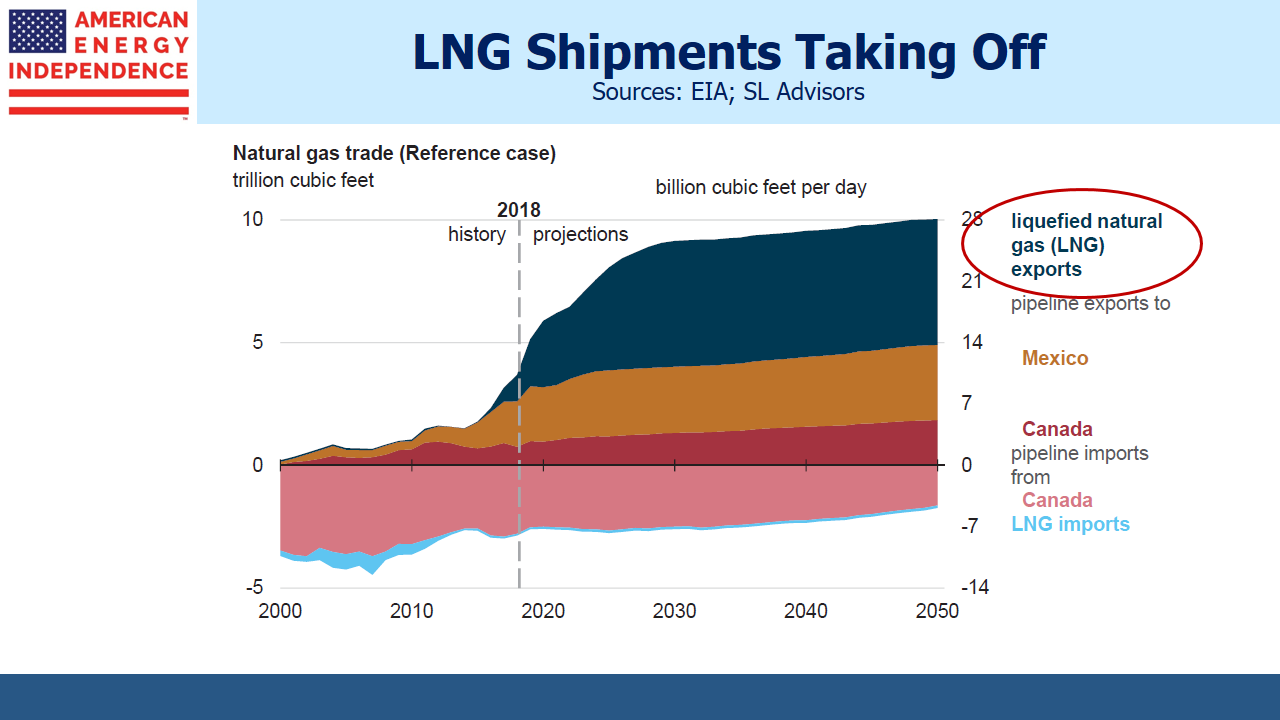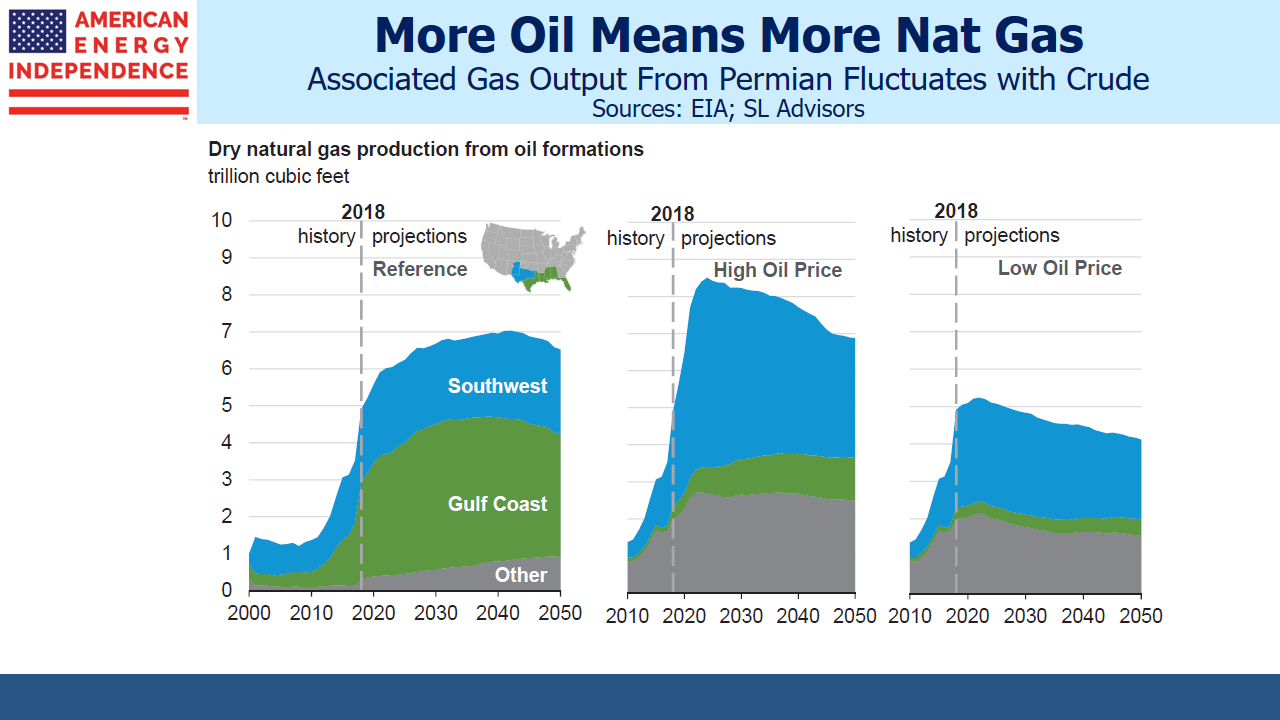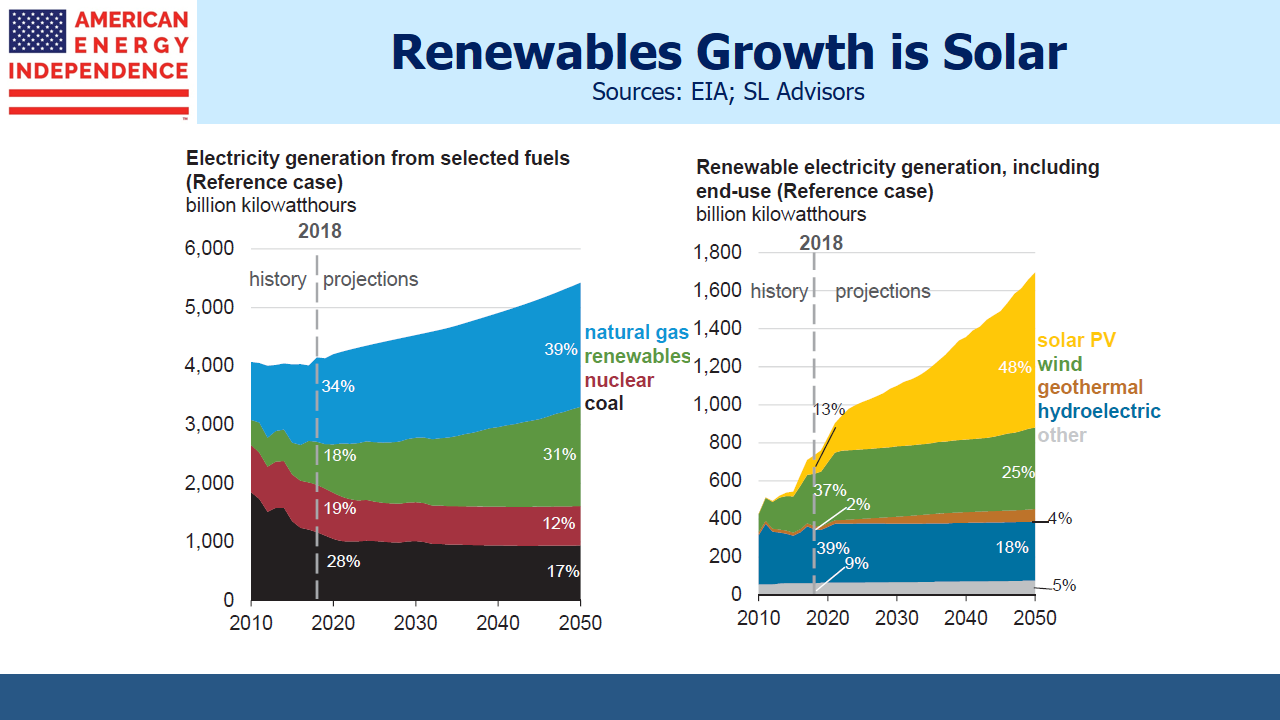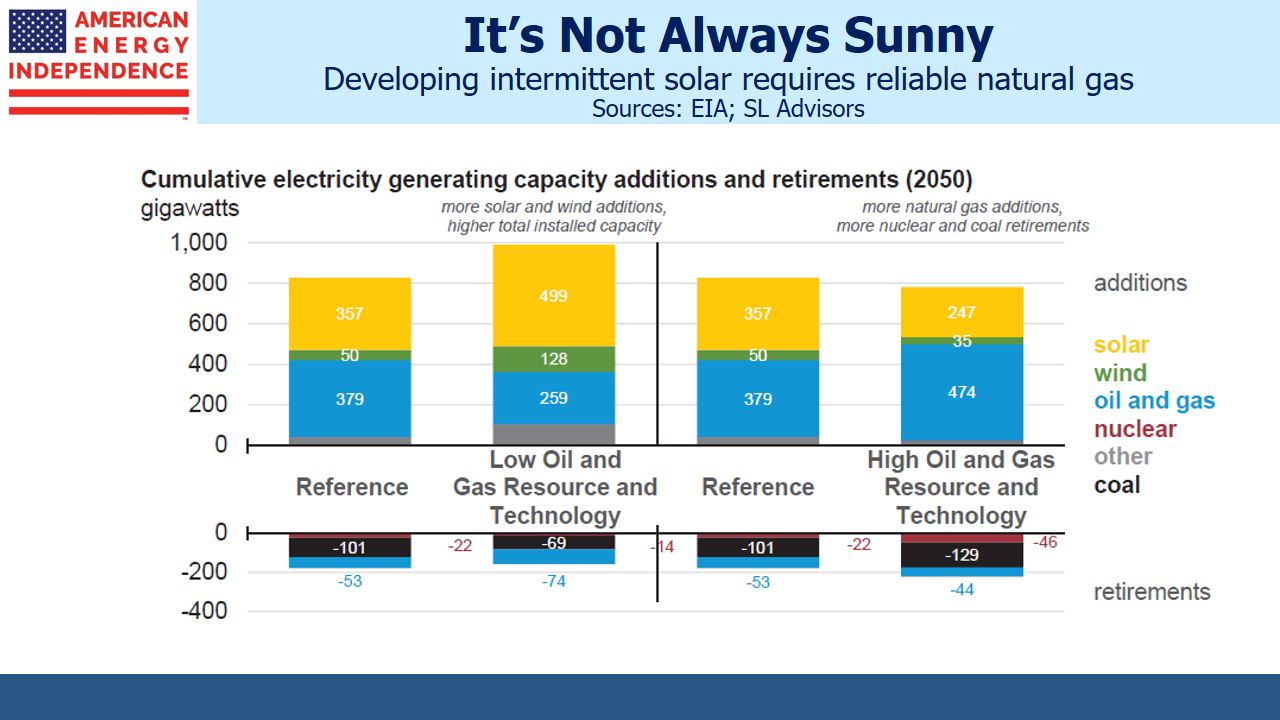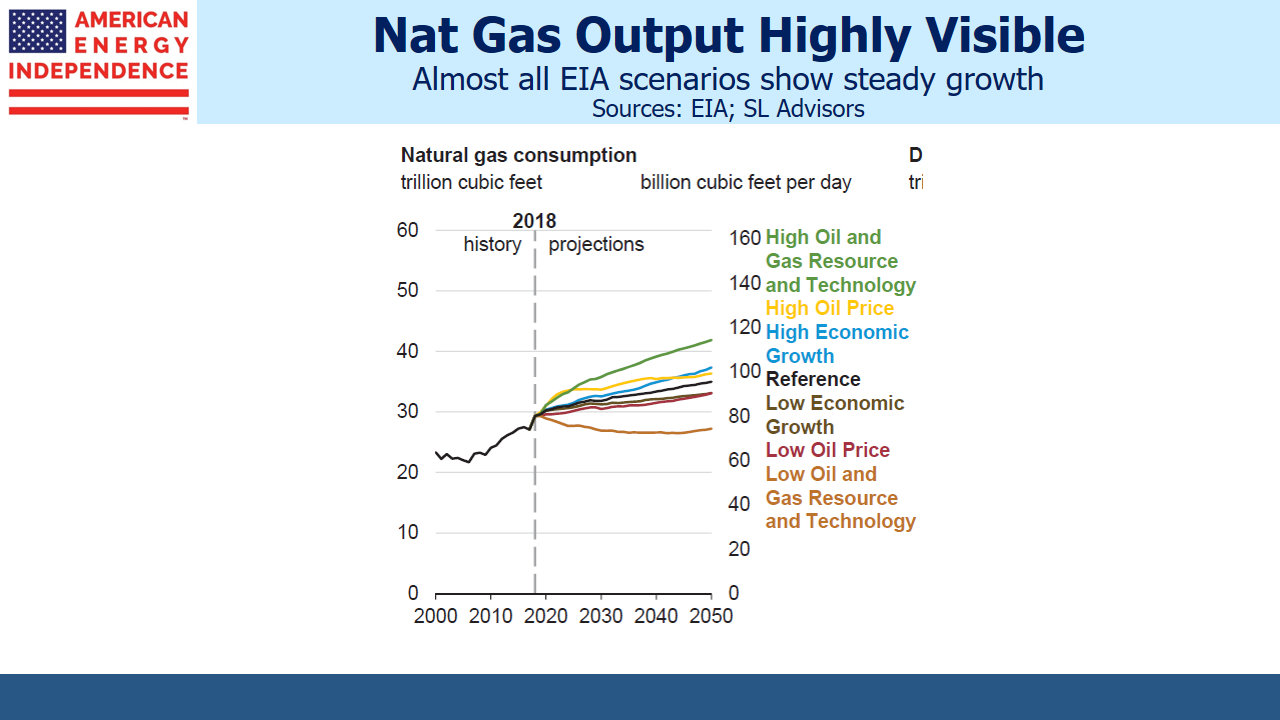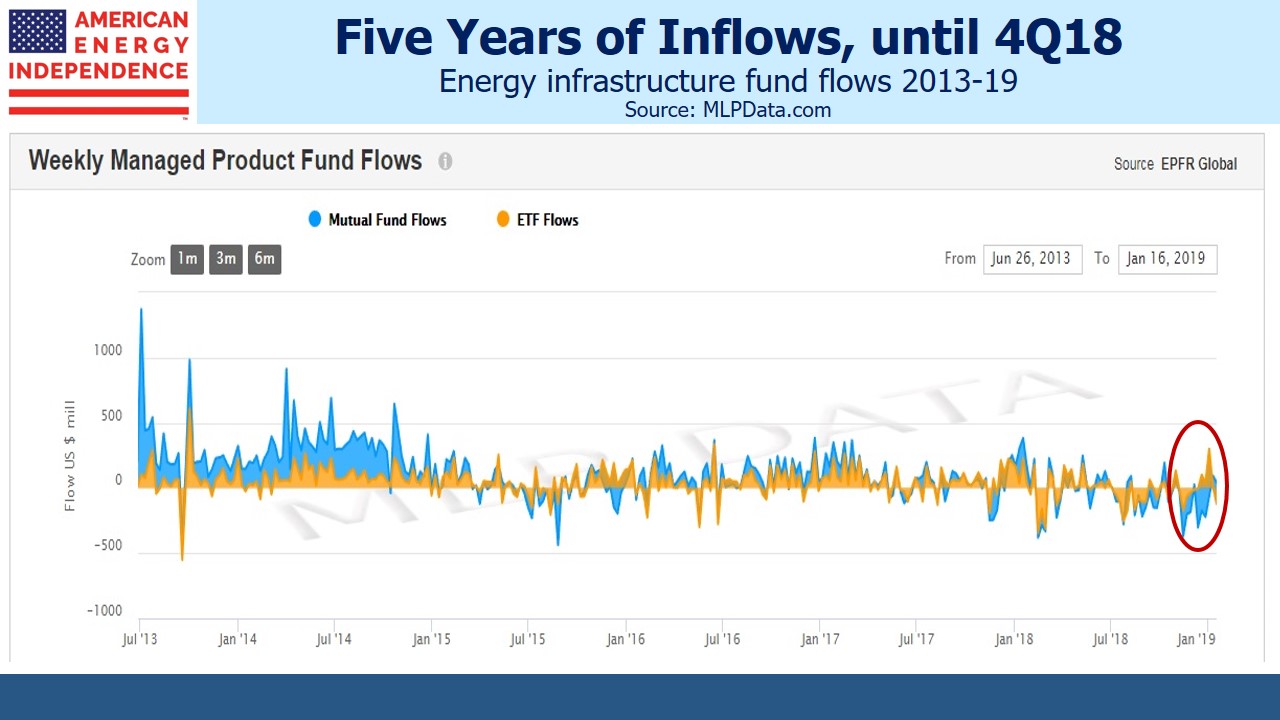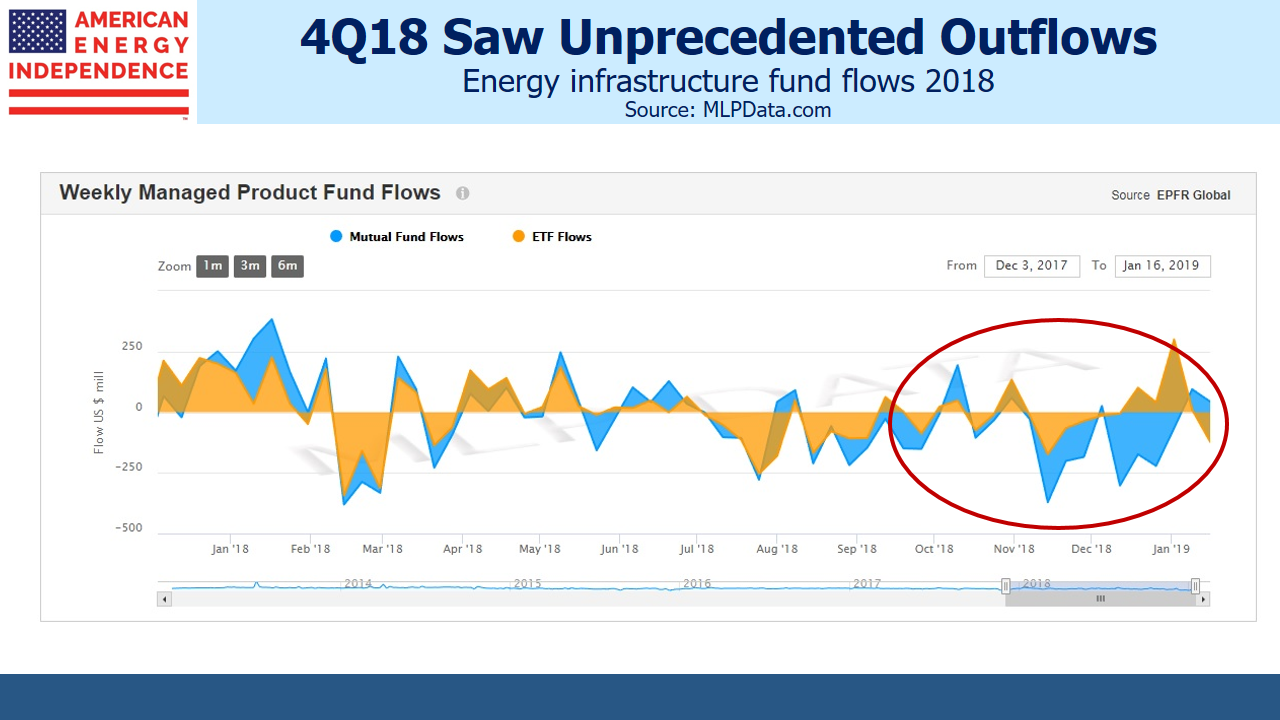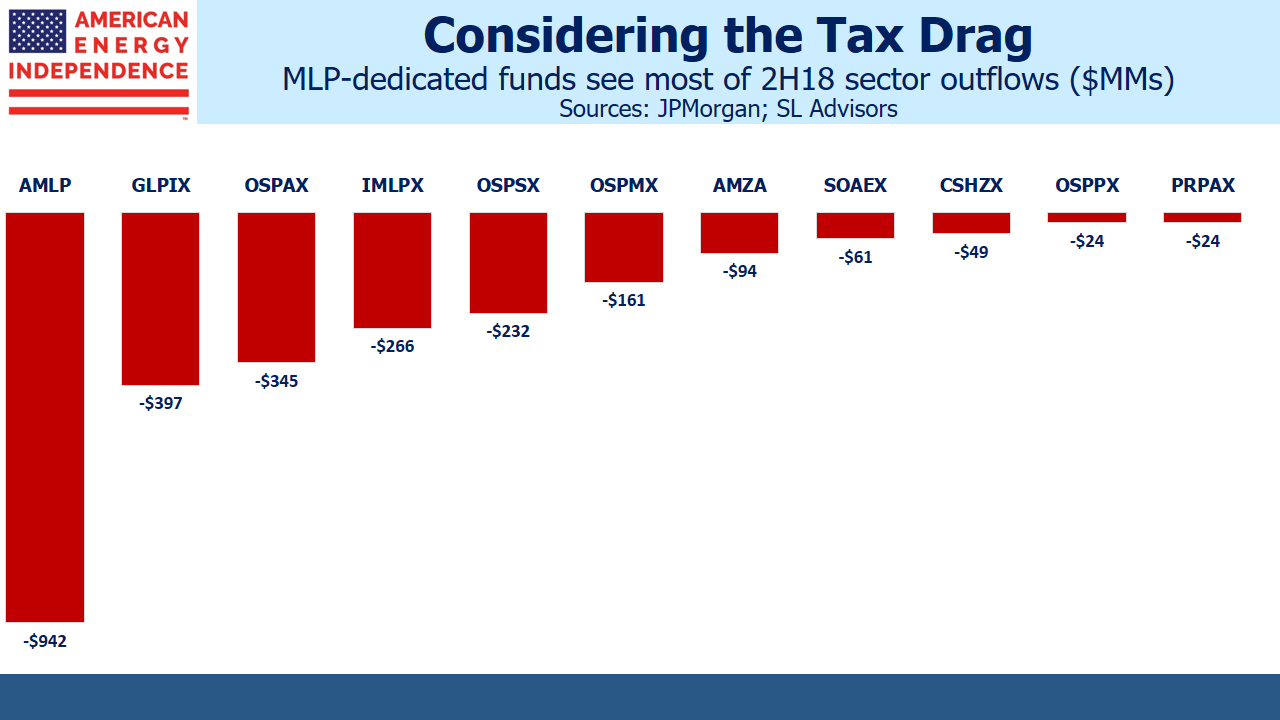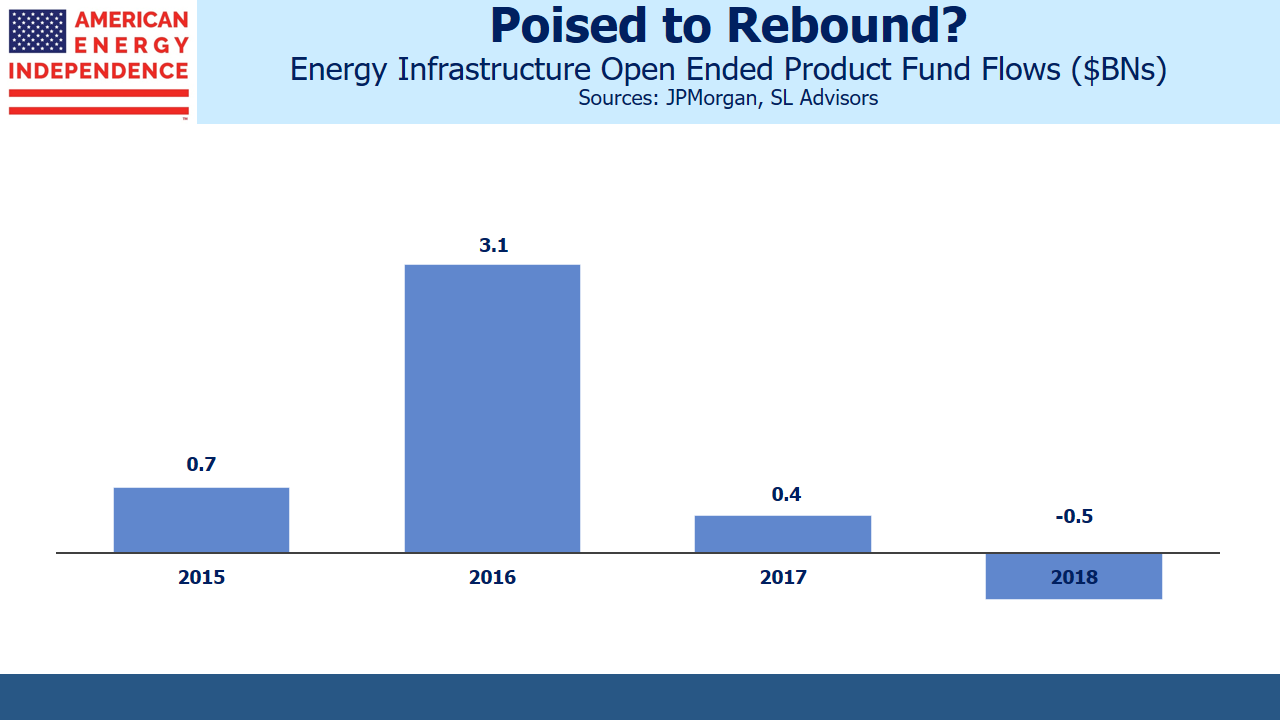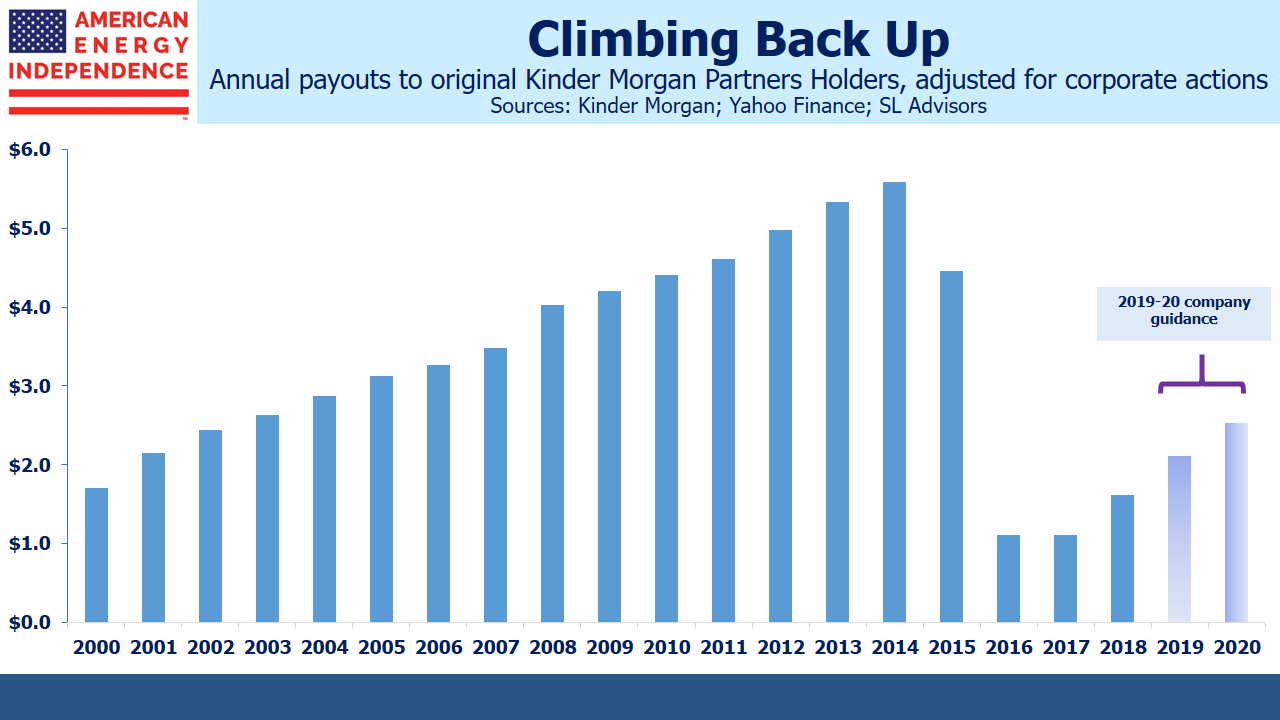Enlink CEO Talks Strategy
Sharply higher commodity prices shouldn’t be a major source of concern for pipeline investors. But that was the answer Enlink (ENLC) President and CEO Michael Garberding gave to a question we’re often asked – what could go wrong. His reason was that it would induce midstream infrastructure to add excess capacity. “Our industry has shown it knows how to overbuild” was heard more than once during a recent investor dinner hosted by MUFG Securities. This set the tone for the evening’s conversation. Adrianne Griffin, Director of Investor Relations and whom we interviewed last year (see Discussing the Shale Revolution with Enlink Midstream), smoothly guided Mike to expand on issues of most interest.
Promoting the CFO to CEO doesn’t always guarantee a culture of financial discipline. For example, Kinder Morgan’s distribution cuts and taxing simplification, all to support their growth plans, took place while President Kimberly Dang was CFO. But we felt Mike Garberding had a good grasp of the company’s financial profile when he held that role, and hope to see it woven more fully into Enlink’s culture.
Any discussion with energy sector management is likely to cover the spread between cost of capital and project returns, prudent leverage and improved returns to shareholders. This dinner was no exception. ENLC expects their $1.2-1.5BN in growth capex to generate $250MM in annual EBITDA when completed, an attractive 5-6X build multiple if they achieve it.
Last year Devon Energy (DVN) sold their Enlink interest to Global Infrastructure Partners (GIP), and then Enlink consolidated their GP and MLP into a single LLC entity that is taxed as a corporation. Given ENLC’s current valuation and attractive projects, you might think GIP would want to buy the whole company, with the substantial pool of private equity dedicated to infrastructure investments. GIP’s role remains something of a mystery. Garberding noted that they were “very aligned with GIP” and that “they give us huge strategic advantages”. But specifics are few, and one investor asked when the benefits of GIP’s strategic role would become clearer. More detail would be welcome. Mike noted that there had been little opportunity to provide more clarity since last summer’s deal, given the just completed simplification. Hopefully, we’ll learn more in the future.
Another investor asked whether ENLC would sell their Barnett shale assets to a potential acquirer of DVN’s acreage, if the buyer was seeking more vertical integration. This was thought unlikely (though “every asset has a sale price”), and Garberding noted that if the new owner adds one more rig that would double the rig count on a play that requires very little annual capital, albeit with output currently declining 4-5% annually.
Upstream customers seem to be showing more stability – ENLC expects rig counts to be maintained across a wider range of oil and gas prices than in the past, which probably speaks to improving balance sheets across the energy sector. Drillers are showing, “a better capability to live within their cashflows.” It’s why he believes gathering and processing businesses are less risky than sometimes believed.
Vertical integration increases the number of opportunities to earn a fee from a molecule, and ENLC regards that as a critical means of competing with bigger firms such as Plains All American (PAGP) and Enterprise Products Partners (EPD), both of whom offer integrated solutions. Providing shippers with optionality and affording customers a choice of where to direct their output to maximize profits remains a key focus.
Connecting with other networks adds choices, and ENLC does this extensively with Oneok’s (OKE), for whom they are a top five customer.
CFO Eric Batchelder was jokingly referred to as the “C-F-No” as if to emphasize C-suite financial discipline. There was an interesting exchange on the balance between returning cash to shareholders via buyback versus distribution growth. The 9% yield on ENLC’s equity suggests that too few investors are attracted to the stock, and therefore a planned 5% increase in payout is unlikely to entice them. Some investors, including ourselves, would prefer that excess cash be returned through buybacks. Since buybacks reduce the sharecount, there’s the added benefit of raising coverage on the dividend
However, Batchelder noted that opinions varied and a significant number of long-time holders still favor dividend growth. ENLC reports fairly low investor turnover in the past couple of years, and clearly a great many original MLP holders (i.e. older, wealthy Americans) have retained their holdings. We think if ENLC investors fully understood the improving coverage inherent in buybacks, they’d prefer them to an increased payout.
An anonymous Twitter contributor well-versed in the capital mis-steps of the sector ran a hilarious NCAA-style tournament of pipeline stocks, which was still ongoing at the time of our dinner (see MLP Humor — A Target-Rich Environment). Voters determined the result of each match-up, based on which visited the more egregious abuse on investors. This was a brief topic of conversation. ENLC progressed through the first two rounds, and must have been relieved to have been eliminated at the “Sour Sixteen” stage.
ENLC is an overweight long position across our portfolios. It’s cheap, with good growth prospects and we like the management. Dinner reaffirmed our conviction.
We are invested in ENLC, EPD, OKE and PAGP.
SL Advisors is the sub-advisor to the Catalyst MLP & Infrastructure Fund. To learn more about the Fund, please click here.
SL Advisors is also the advisor to an ETF (USAIETF.com).

